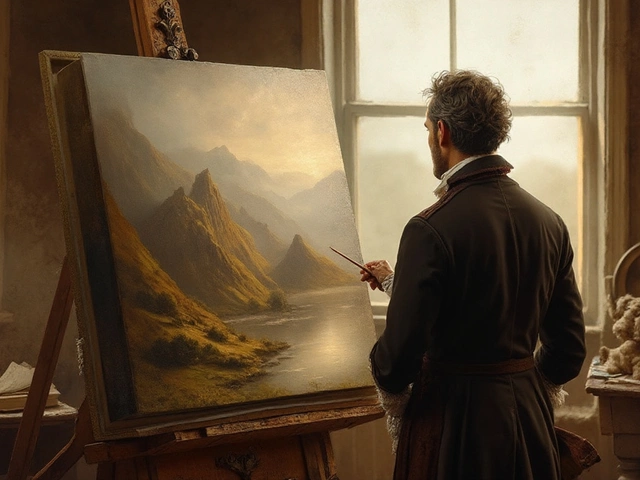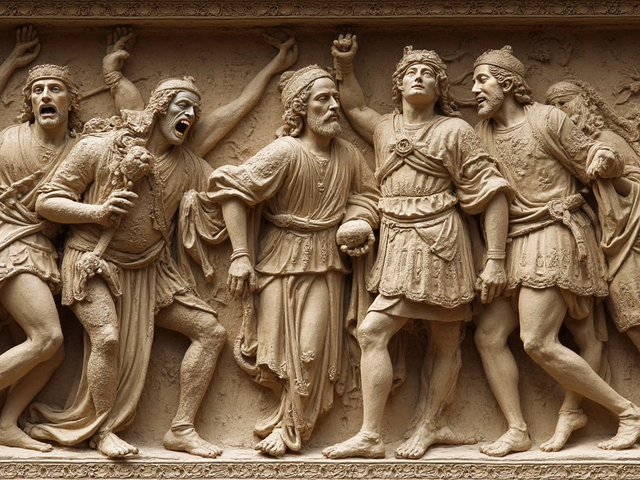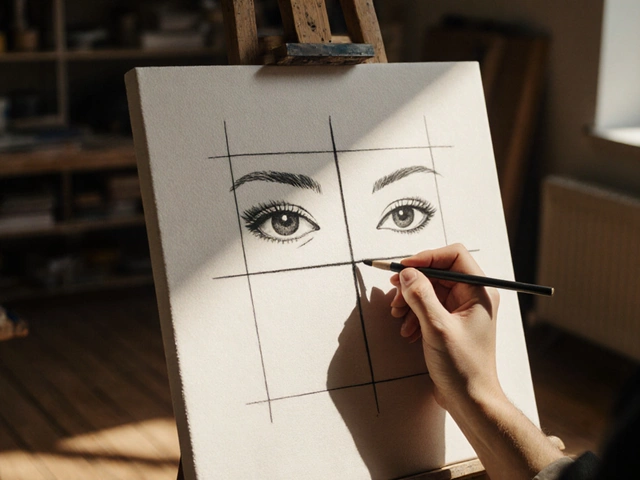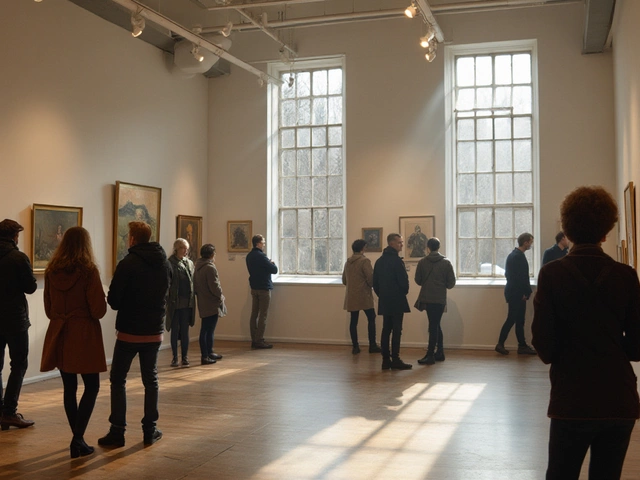Cave Paintings
When talking about cave paintings, the earliest known visual expressions created on stone walls by our ancestors. Also known as prehistoric wall art, they are a core part of rock art, artistic markings found on natural rock surfaces worldwide and fall under the broader umbrella of prehistoric art, creative works produced before recorded history. Archaeology, the science that studies past human activity through material remains relies on these images to decode early human life. Cave paintings encompass symbolic storytelling, require natural pigments, and influence modern interpretations of ancient culture. In short, cave paintings are more than decoration; they are data points that link art, science, and belief systems.
Why Cave Paintings Matter
The techniques behind these images are surprisingly sophisticated. Early artists mixed mineral pigments like ochre, charcoal, and manganese with animal fat or plant oils, creating colors that have survived for tens of thousands of years. This pigment technique shows a deep understanding of chemistry, even if it was discovered by trial and error. Symbols—handprints, animal silhouettes, abstract signs—served multiple purposes: they could mark territory, record hunting successes, or convey spiritual ideas. By studying the placement and composition of these motifs, researchers can map social networks of ancient groups and trace migrations across continents. The sites themselves—Lascaux in France, Altamira in Spain, Chauvet Cave—are now protected heritage zones that attract tourists, scholars, and artists alike, proving that the fascination with cave paintings is timeless.
Today, the conversation around these ancient artworks extends into digital reconstruction, 3D scanning, and climate‑controlled display methods. New findings constantly reshape our understanding of early human cognition and cultural complexity. Below, you’ll find a curated list of articles that dive deep into everything from the chemistry of pigments to the latest archaeological debates, practical guides for visiting the world’s famous sites, and insights into how modern artists draw inspiration from these timeless images. Whether you’re a casual visitor, a student of art history, or a seasoned researcher, the collection ahead offers valuable context and fresh perspectives on the enduring legacy of cave paintings.
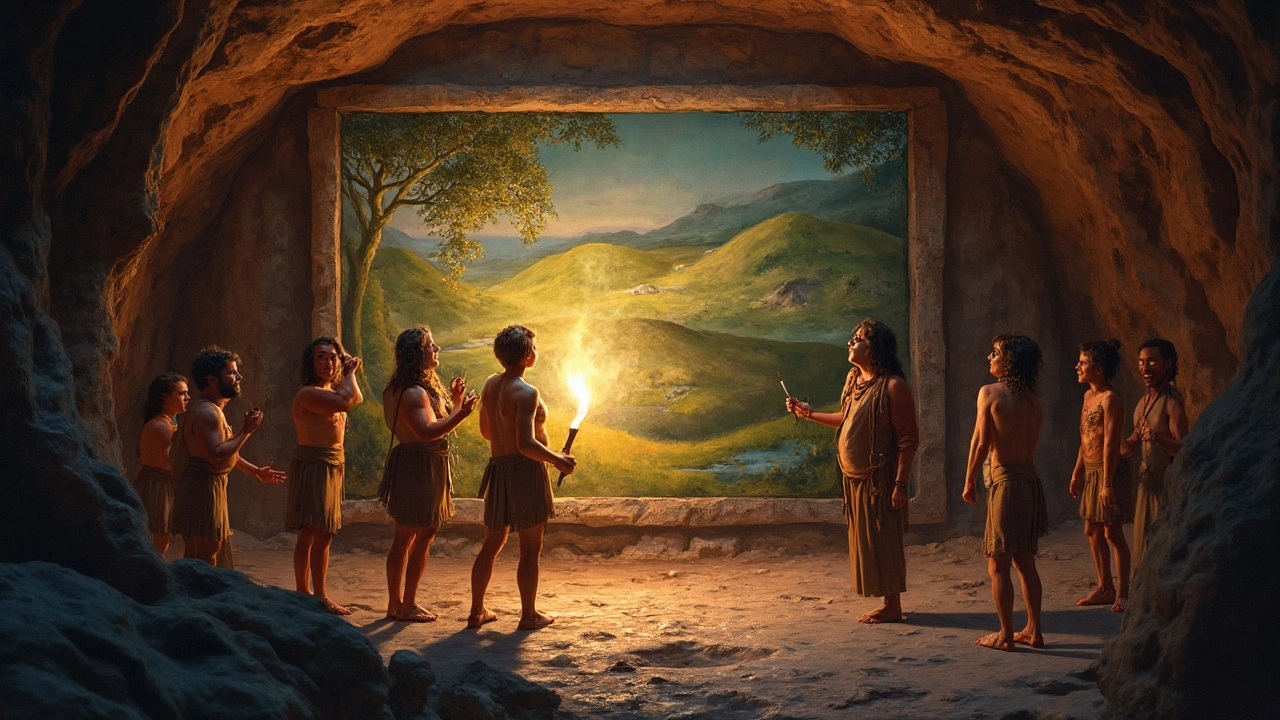
This article uncovers the oldest known landscape painting and explains how it was discovered. It explores why ancient humans started painting nature, what makes this specific artwork special, and what it teaches us about early creativity. You’ll see how landscape paintings have changed and why this matters if you love art or history. Get ready for surprising facts and practical tips if you want to spot ancient art details yourself.
